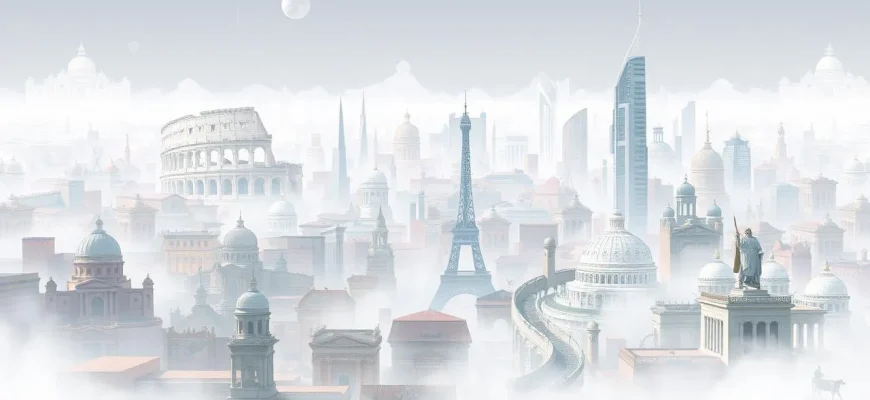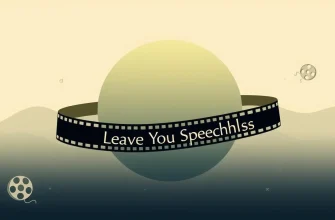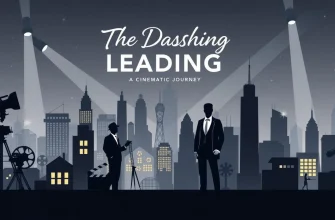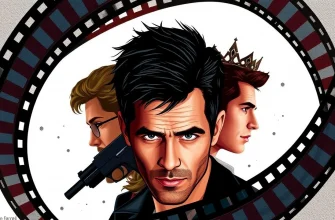From the dawn of time, civilizations have risen and fallen, leaving behind legacies that continue to fascinate us. This curated list of films delves into the heart of what it means to build, sustain, and sometimes witness the collapse of societies. Each film offers a unique perspective on the human condition, the complexities of societal structures, and the enduring impact of our collective histories. Whether you're a history enthusiast or simply love a good story, these films provide a window into the past, present, and speculative future of civilization.
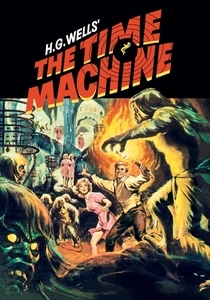
The Time Machine (1960)
Description: This classic film explores the future of civilization through time travel, showing the evolution and devolution of humanity, reflecting on the potential paths of societal development.
Fact: The film's special effects, particularly the time-lapse sequence of the changing seasons, were groundbreaking for their time.
 Watch Now
Watch Now 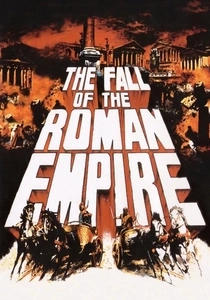
The Fall of the Roman Empire (1964)
Description: This epic historical drama chronicles the decline of the Roman Empire, focusing on the internal strife and external pressures that led to its downfall. It's a poignant reflection on the fragility of power and the human elements that can undermine even the mightiest of civilizations.
Fact: The film was shot on location in Spain, and the sets were so grand that they were reused for other films. It also features a score by the legendary composer Dimitri Tiomkin.
 Watch Now
Watch Now 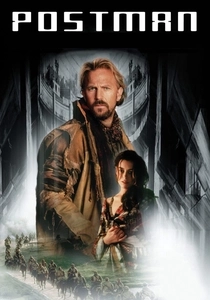
The Postman (1997)
Description: Set in a post-apocalyptic America, this film follows a drifter who revives the idea of a postal service, symbolizing the rebirth of civilization through communication and hope.
Fact: Kevin Costner, who stars and directs, was so passionate about the project that he mortgaged his house to finance the film when the studio pulled out.
 Watch Now
Watch Now 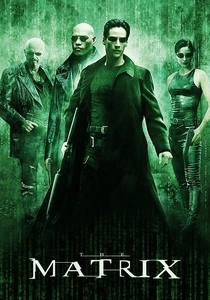
The Matrix (1999)
Description: While more sci-fi than historical, "The Matrix" explores the concept of a simulated reality where humans are unknowingly trapped, questioning the nature of civilization and freedom.
Fact: The film's "bullet time" effect revolutionized action sequences in cinema, allowing for slow-motion scenes from multiple angles.
 Watch Now
Watch Now 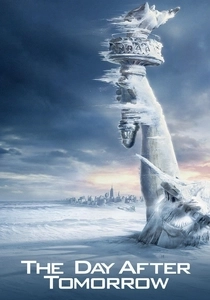
The Day After Tomorrow (2004)
Description: This disaster film imagines a sudden climate shift that plunges the world into a new ice age, showcasing the fragility of modern civilization in the face of nature's wrath.
Fact: The film's special effects were so realistic that some viewers believed the events depicted were based on real scientific predictions.
 Watch Now
Watch Now 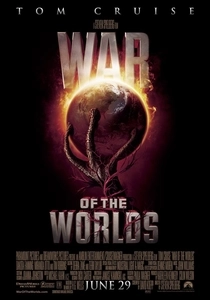
The War of the Worlds (2005)
Description: This adaptation of H.G. Wells' classic novel shows civilization's struggle against an alien invasion, highlighting humanity's resilience and the importance of unity in the face of existential threats.
Fact: The film was shot in various locations to give a global feel, including New York, Boston, and Virginia, to depict the widespread impact of the alien invasion.
 Watch Now
Watch Now 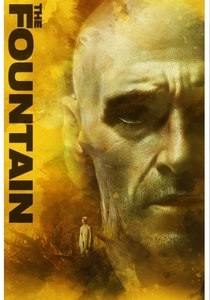
The Fountain (2006)
Description: While not strictly historical, this film intertwines three stories across different eras, exploring themes of love, mortality, and the quest for eternal life, reflecting on the human desire to transcend the limitations of civilization.
Fact: The film was initially conceived as a much larger project with a budget of $75 million, but it was scaled back to $35 million due to studio concerns.
 Watch Now
Watch Now 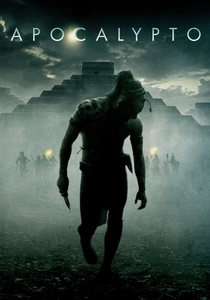
Apocalypto (2006)
Description: Set during the decline of the Mayan civilization, this film follows a young man's harrowing journey to save his family from the chaos of a collapsing society. It's a visceral exploration of survival, sacrifice, and the cyclical nature of civilizations.
Fact: The film was shot entirely in the Yucatec Maya language, making it one of the few Hollywood films to do so. Mel Gibson, the director, also learned the language to communicate with the cast.
 Watch Now
Watch Now 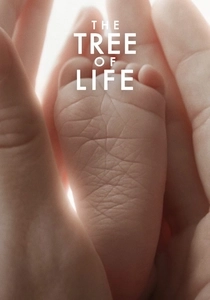
The Tree of Life (2011)
Description: This film spans from the creation of the universe to the life of a family in the 1950s, reflecting on the evolution of human civilization and personal growth within it.
Fact: The film's opening sequence, depicting the creation of the universe, was inspired by scientific visualizations and took months to create.
 Watch Now
Watch Now 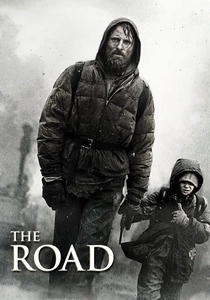
The Road (2009)
Description: This post-apocalyptic tale depicts a father and son's journey through a devastated world, where civilization has crumbled, and humanity's survival hangs by a thread. It's a stark reminder of what could happen if civilization fails.
Fact: The film was shot in various locations, including Pittsburgh, which was chosen for its post-industrial, desolate look, perfectly capturing the film's bleak setting.
 Watch Now
Watch Now 
